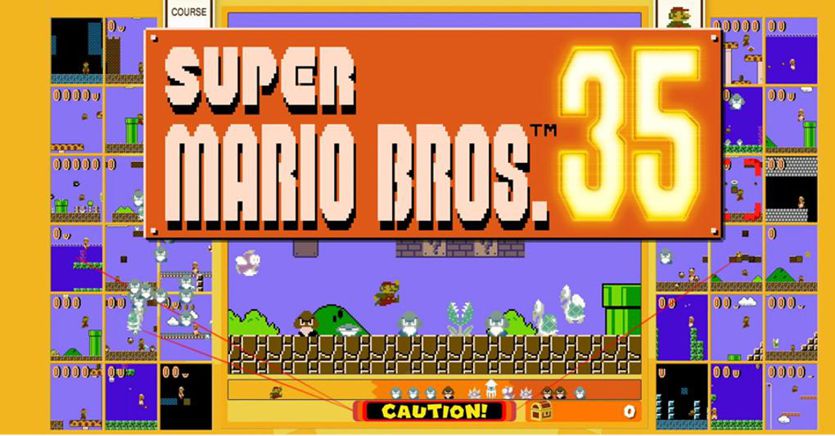A universal mascot, brilliant and now more than ever immortal. Here’s how the “game over” gradually disappeared
by Francesco Serino
A universal mascot, brilliant and now more than ever immortal. Here’s how the “game over” gradually disappeared
4 ‘of reading
Maybe in the 90s, but it’s been a long time since the pretty character, the so-called mascot, is no longer enough to conquer the video game audience. And Nintendo was the only one to figure it out in due course, even if she risked the neck bone too, but for different reasons. But how did Super Mario survive on the crest of the wave for so long? Above all thanks to a Nintendo that has been able to approach its audience like no other company dedicated to video games.
The Nintendo massacre
For example, in the era of the Wii phenomenon (101 million units sold) the Japanese company used television advertisements in a particularly intelligent way: here the subject was no longer the new video game ready to debut, but one or more members of a family. who were resumed playing the software on duty, also spontaneously giving valuable advice on how to use it to get the best out of it. Practically a page of a manual, adapted to work in fifteen seconds of commercial. The intent, not at all obvious, was to teach a whole new audience to play, and the idea worked extraordinarily well: the success of Wii is largely tied to the recovery of users who until then would have been quietly satisfied with a smartphone and games for two euros.
Loading…
Super Mario and Mickey Mouse
Another fundamental step has occurred in more recent times, and above all concerns the most famous character of the lot: that Super Mario who should have been one of the symbols of the unfortunate Japanese Olympics of 2020 and who now beats in popularity with the invaluable Mickey Disney signature mouse. Forget the spin-offs in which the character plays Golf, Tennis or the soul party game, those do not count: originally there was only one of Mario, usually the most anticipated and revolutionary Nintendo game and with which Nintendo multiplied the sales of its console, however, addressing more and more to an increasingly mature audience of fans. In recent years, however, things have changed, and Mario has tripled his offer in what are three separate series that offer three different levels of difficulty.
Super Mario cloning
Also in this case the intent is subtly brilliant: to make Mario go back to being a character for everyone, offering different experiences to charm different age groups, in order to have a generational change that Sony and Microsoft have dangerously underestimated. .U, released on the ill-fated Wii U and re-released in a Deluxe version on Nintendo Switch in 2019, is a game with three-dimensional graphics but with a totally 2D structure, exactly like the first Mario of the 80s. This approach puts novice players at ease, usually the very young, who will be able to face the typical pitfalls of the series by simply moving from left to right. Quite the opposite of Super Mario Odyssey, the last of the main series which, taking advantage of totally three-dimensional and also very large environments, requires a certain experience to be used to the fullest.
The case of Super Mario 3D World
The most recent Super Mario 3D World (also originally released on Wii U and now re-launched on Switch with over eight hours of new content) is the perfect middle ground. The game world is three-dimensional, you can move at three hundred and sixty degrees, but the camera that captures the action if not requested does not move with the character, making everything much more readable and simple for those who do not have the necessary experience. Furthermore, the levels can be freely explored far and wide, but they do not allow to get lost and always have a linearity similar to two-dimensional games.The three different approaches to the same concept of platform then present a detail in common, the definitive disappearance of the game over, a concept that made sense when home video games were born as an offshoot of the so-called coin-ops, the coin-operated cabinets that used this mechanic to gobble up as many tokens or coins as possible. It is Miyamoto himself who sanctions the end of the game over.
